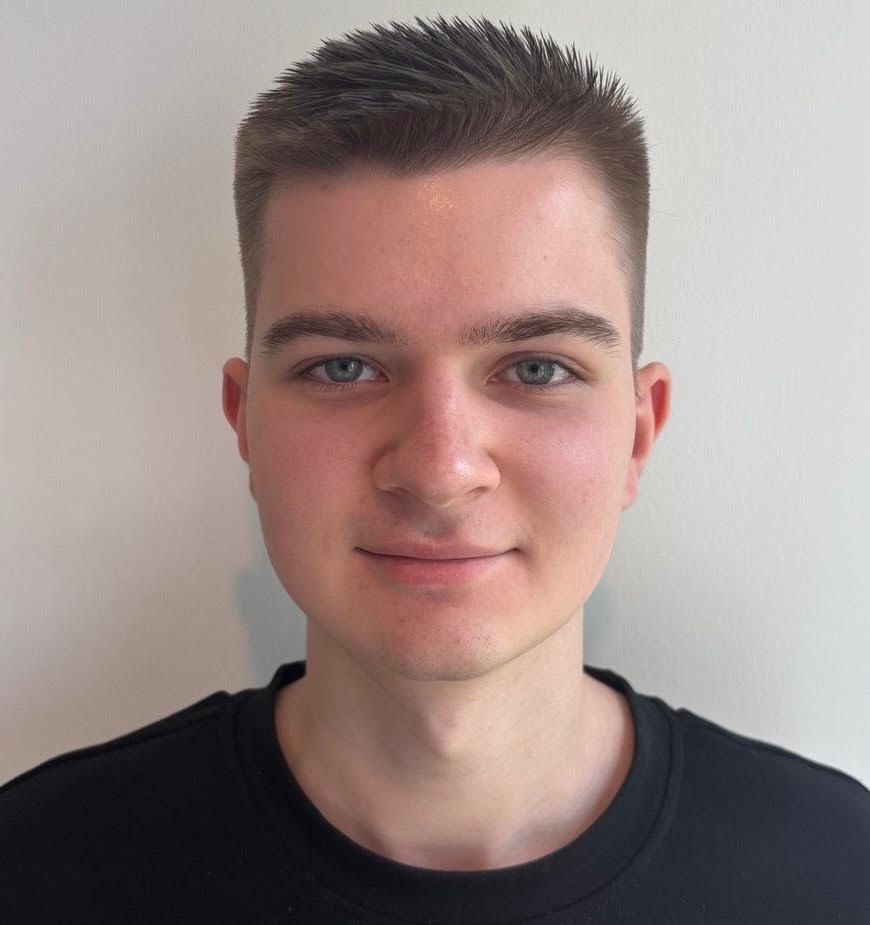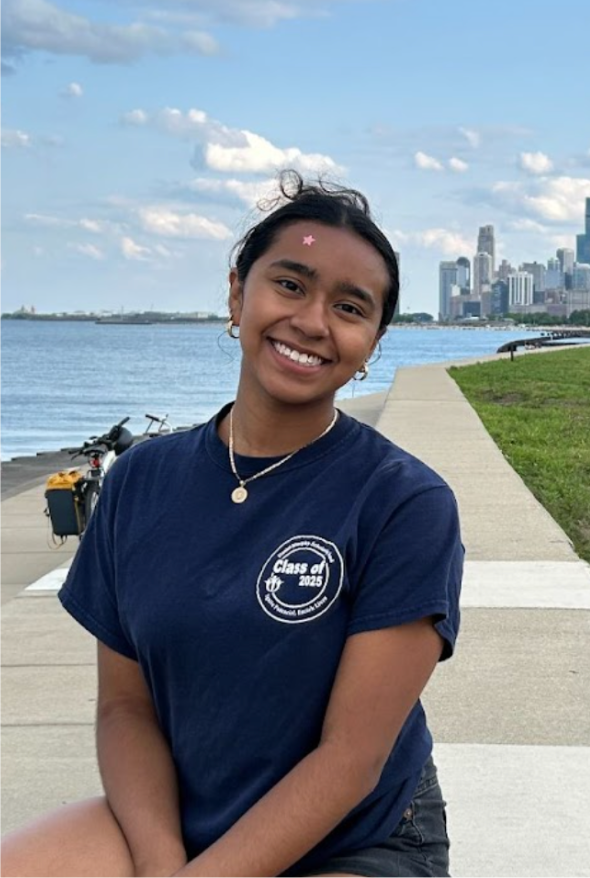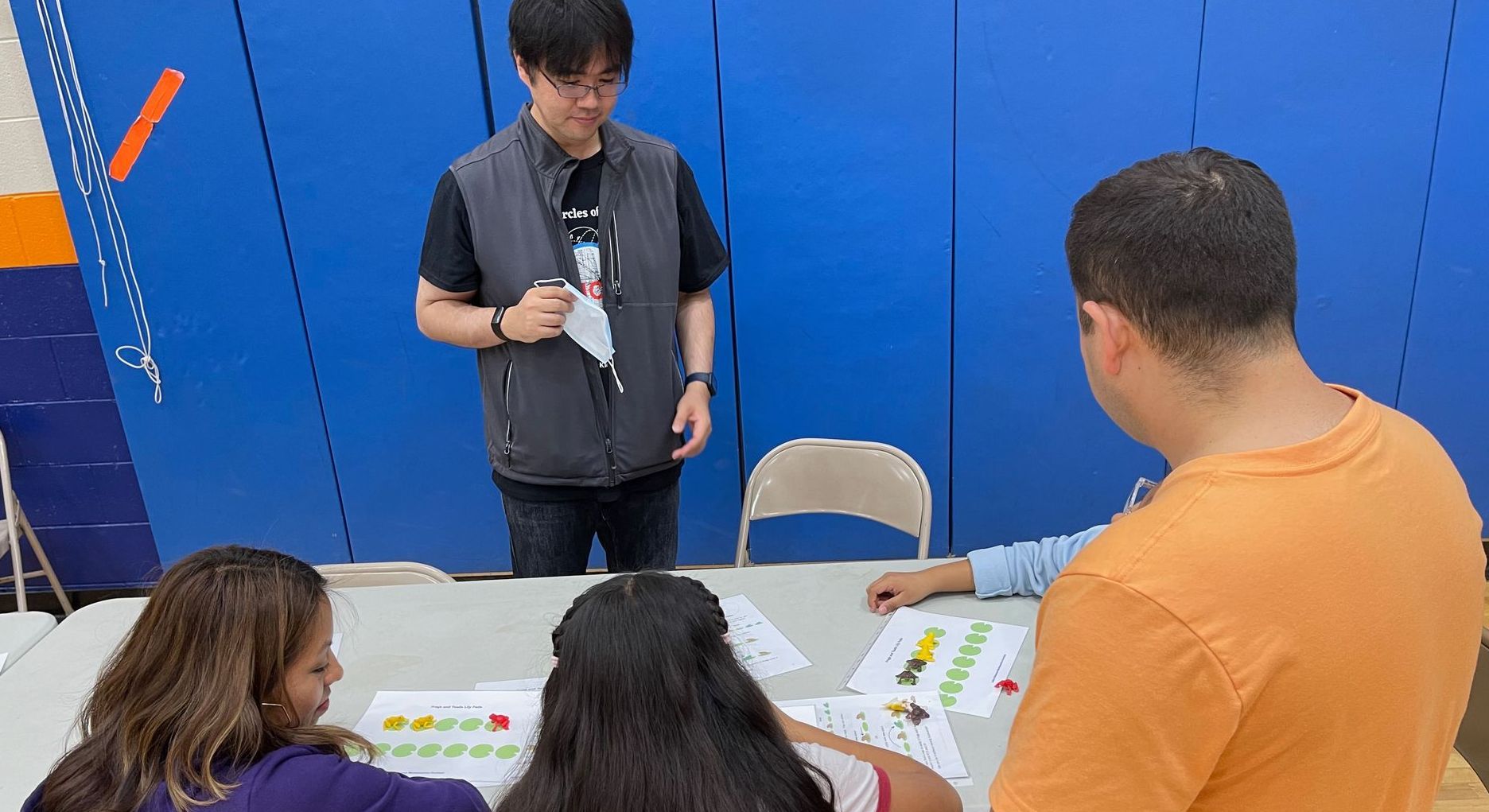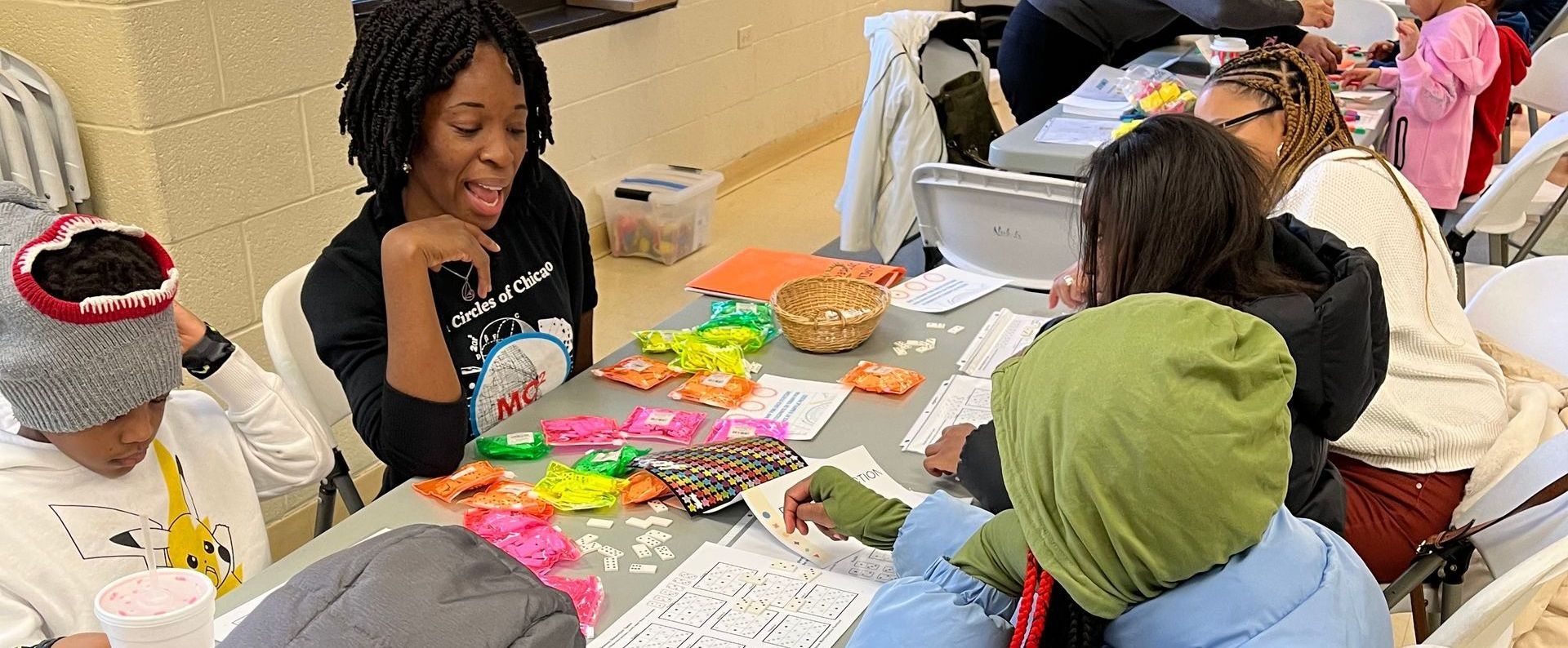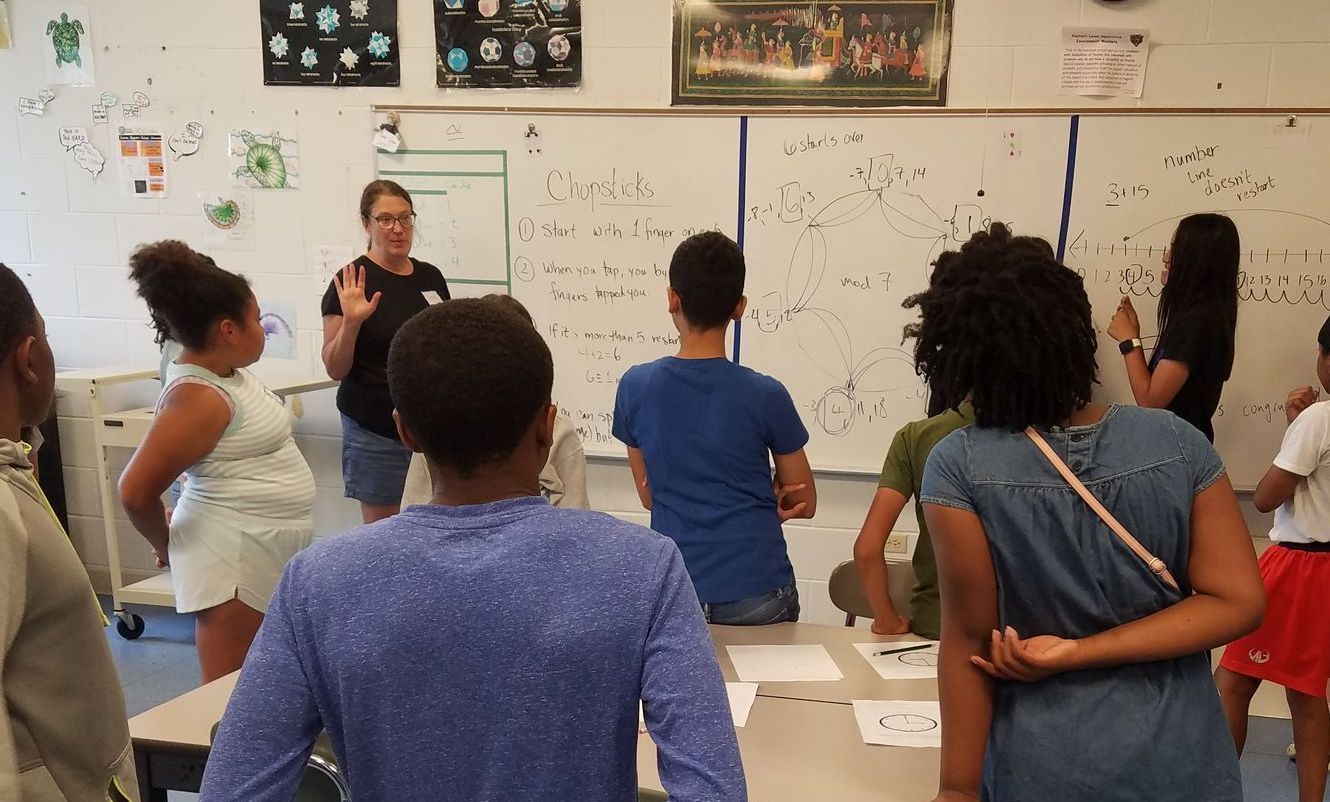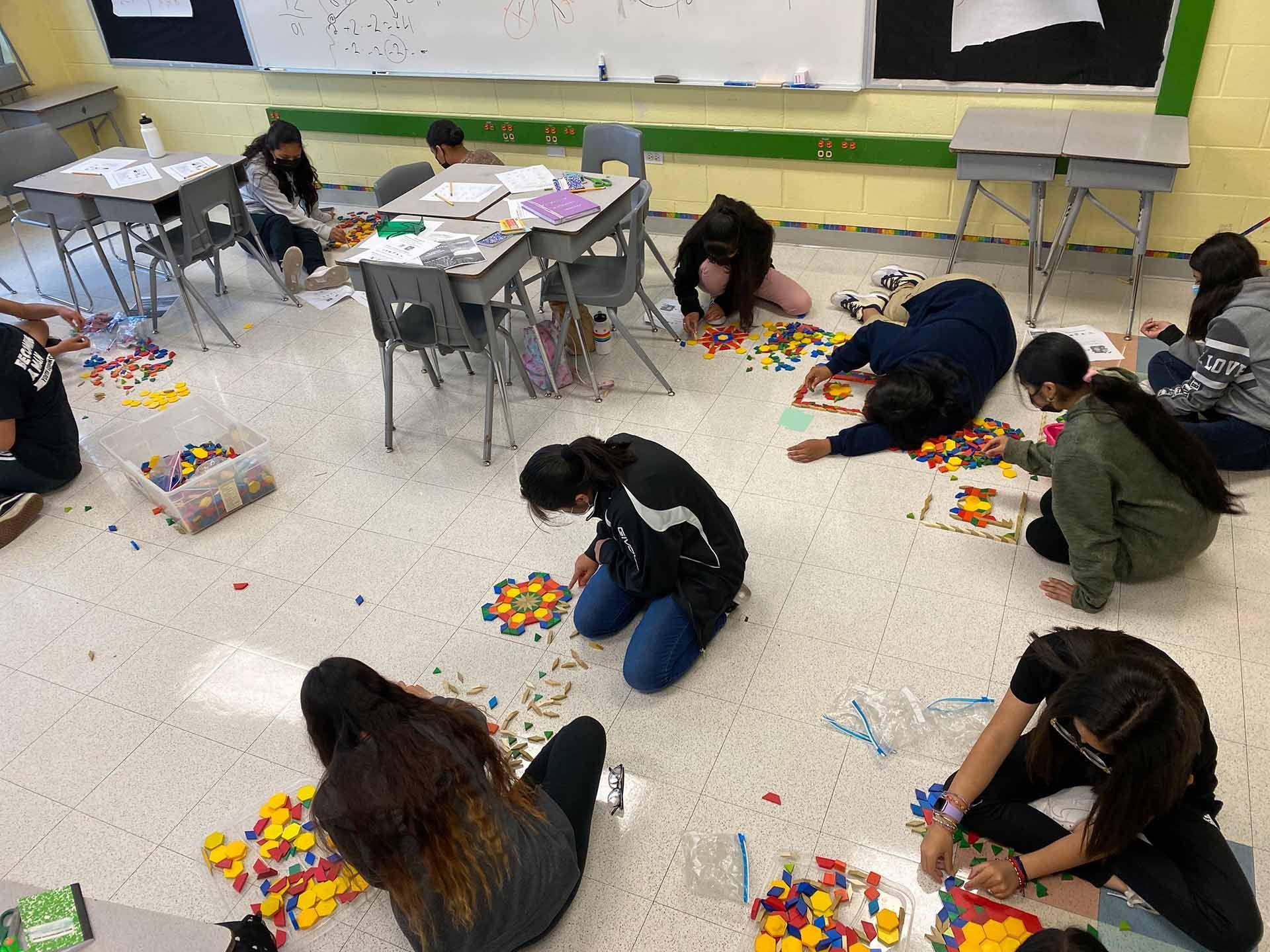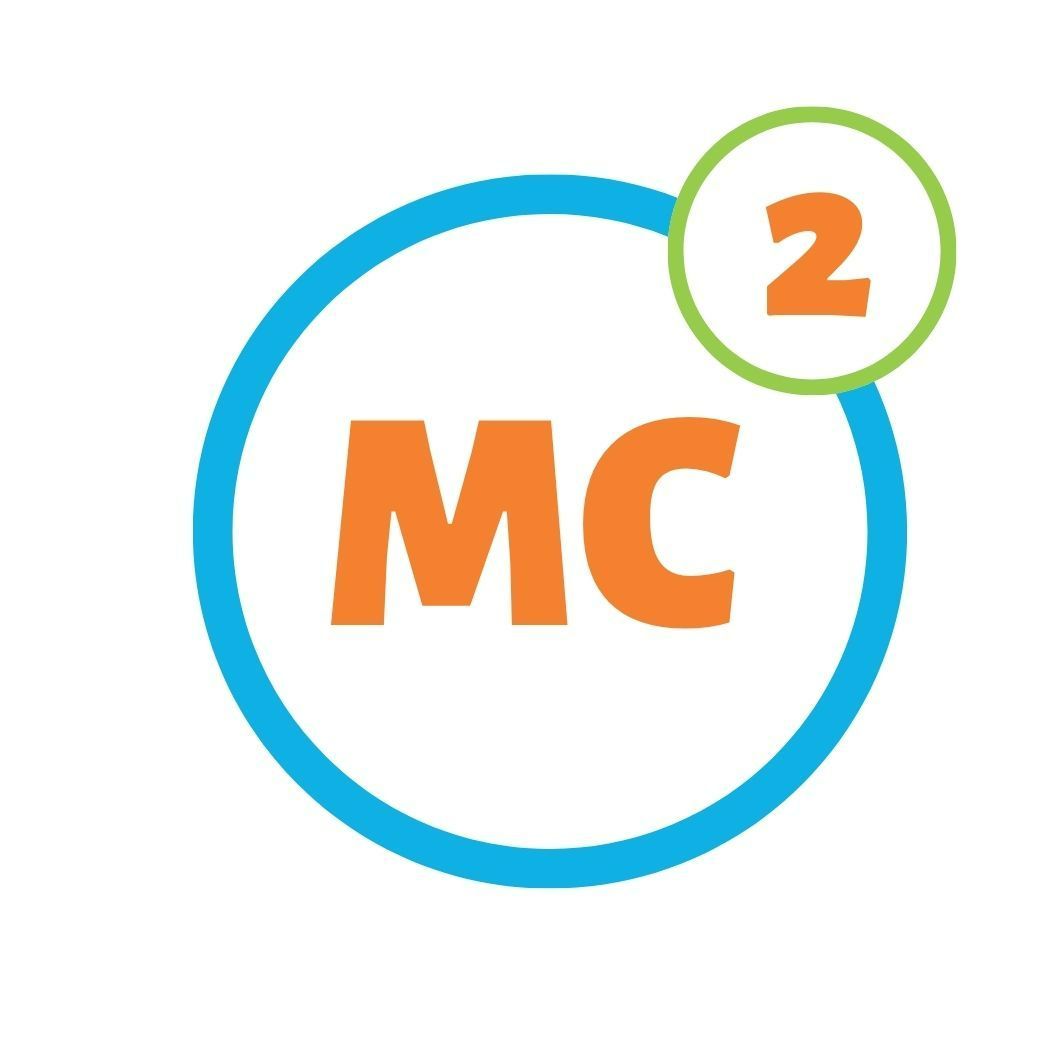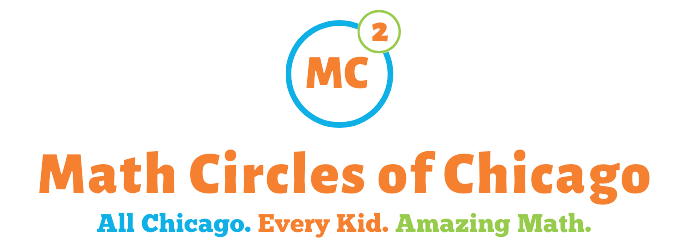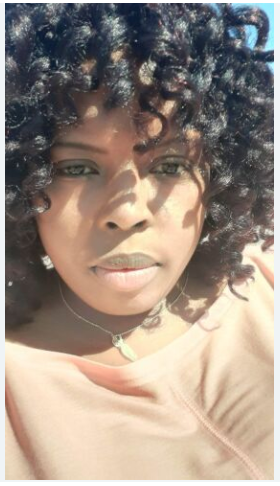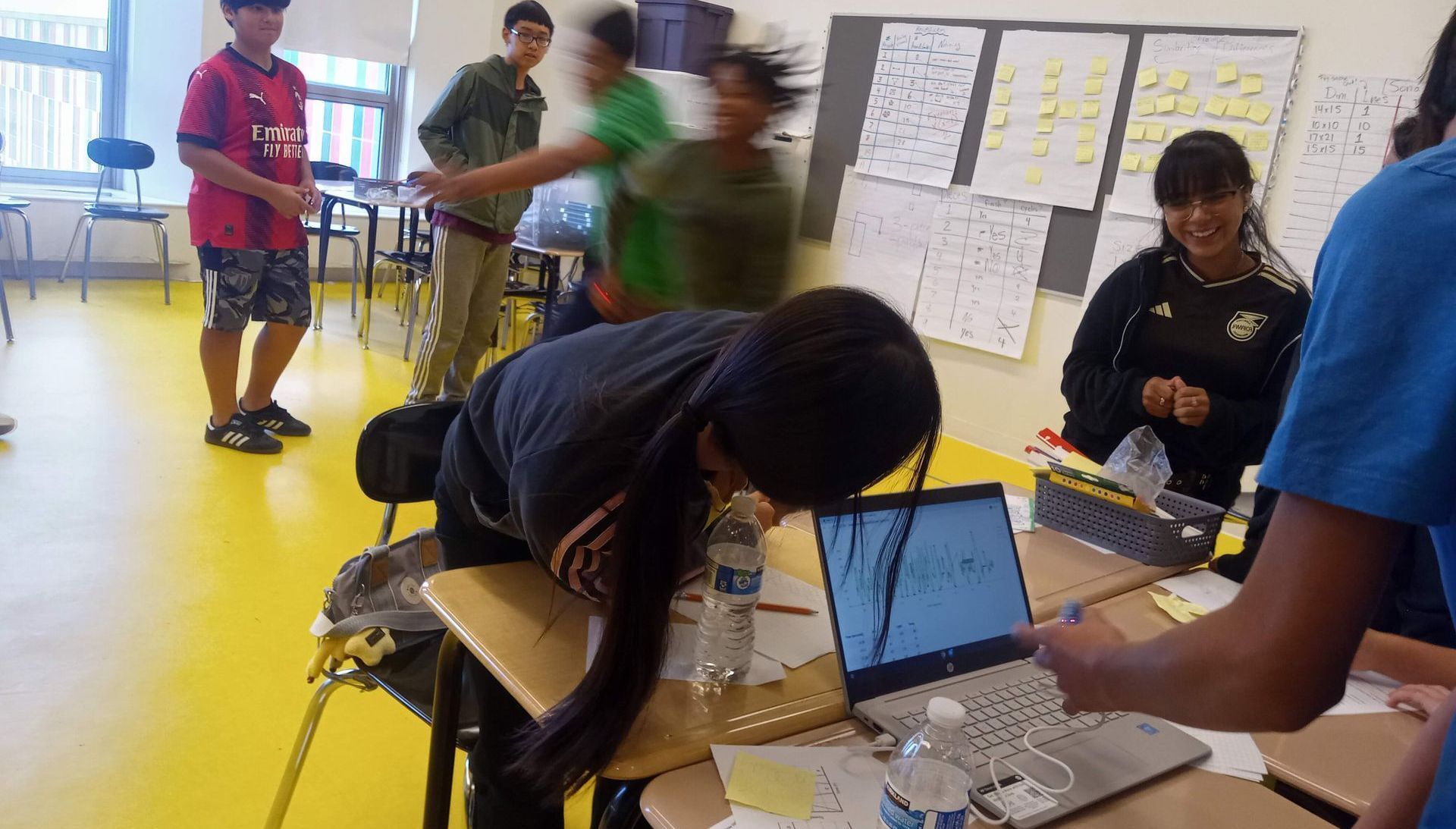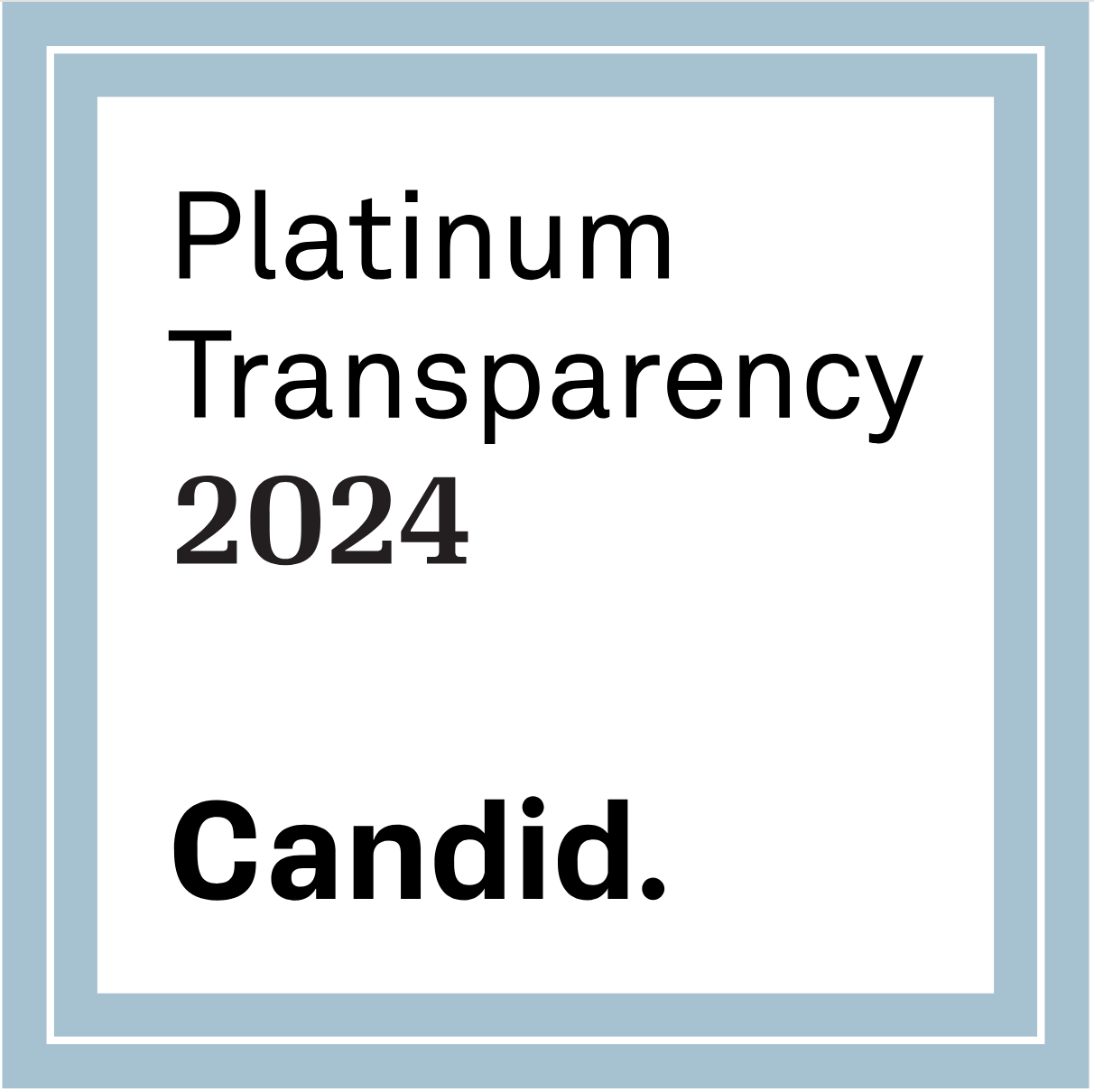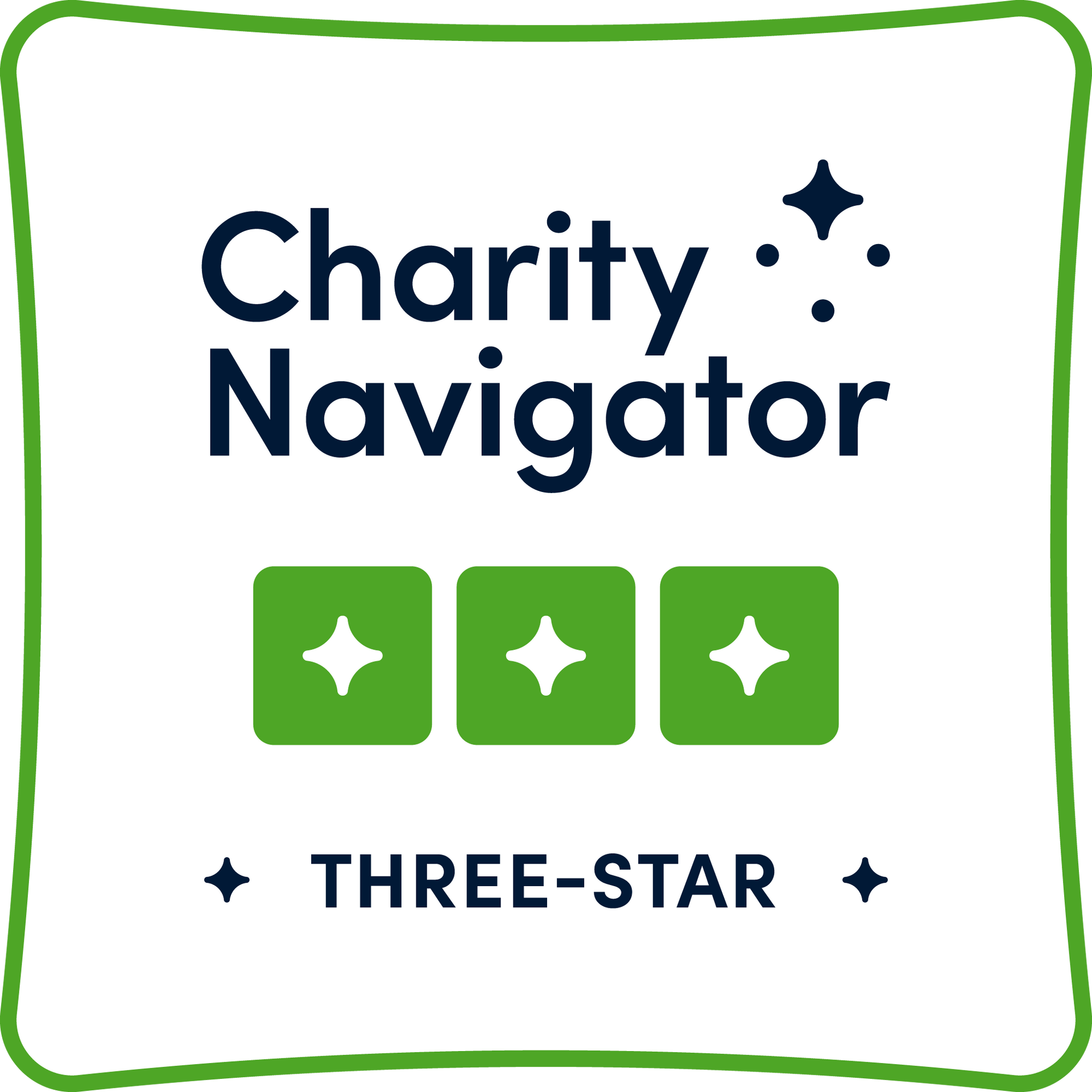When the New York Times publishes a big story about math and school children, my inbox fills up.
Most recently, “ The Right Answer? 8,186,699,633,530,061 (An Abacus Makes It Look Almost Easy “. Follow the link and check out the first photo. Here’s what I see:
- A very large group of children gathered together to sit separately and work individually.
- They work alone on a procedure, which they’ve learned to employ very rapidly.
- They did not invent the abacus algorithm themselves. No one is explaining how they arrived at their answers, and why would they?
Each June MC2 holds a Julia Robinson Math Festival, where you’ll find 20 tables of math circle activities. Compare a photo from our festival with the photo from the NYT–I admit that the New York Times’ photographer is better than me:
Here’s what you’ll see at a Julia Robinson Math Festival:
- A large group of students, with adults, doing mathematics together.
- People working together on a variety of problems where everyone gets to choose the math that they attempt, at their own pace.
- Participants solving problems in their own way and explaining their thinking to others.
I recognize the value in sharing mathematical cultural practices like the use of an abacus. And I’ve seen how participation in competition can help children identify with the subject.
But I firmly believe that if we want math to be accessible to all, we need to build events where our children have choice, collaborate, and create and explain their own mathematical thinking.
In conclusion–Julia Robinson Math Festivals and Math Circles for all!
